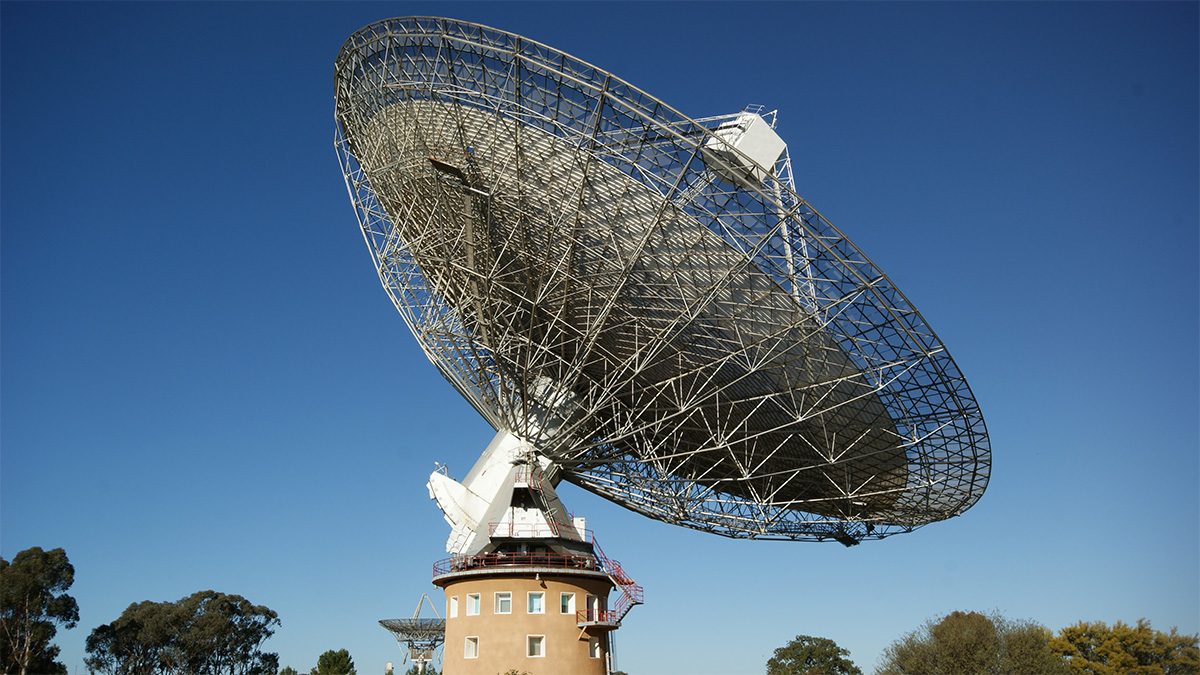The hunt for aliens has begun at Australia's Parkes Radio Telescope
Tuned in to Proxima b

In July 2015, Russian internet entrepreneur Yuri Milner announced that he would be giving $100 million to the 'Breakthrough Listen' initiative - the biggest hunt for aliens that the world has ever seen.
The project begun on the Green Bank Telescope in West Virginia, and at Lick Observatory in California, but now they've been joined by the Parkes Radio Telescope in New South Wales, Australia.
“The addition of Parkes is an important milestone,” said Milner. “These major instruments are the ears of planet Earth, and now they are listening for signs of other civilizations.”
The Hunt Begins
After 14 days of commissioning and test observations, the hunt began on 7 November with observations of Proxima b - a newly-discovered Earth-sized planet orbiting Proxima Centauri. The planet is known to be in the habitable zone of its red dwarf star, which is about 4.3 light years from Earth, meaning that it's possible that there is liquid water on the surface.
“The chances of any particular planet hosting intelligent life-forms are probably minuscule,” said Andrew Siemion, director of UC Berkeley SETI Research Center.
“But once we knew there was a planet right next door, we had to ask the question, and it was a fitting first observation for Parkes. To find a civilization just 4.2 light years away would change everything.”
Just the Start
That's just the start, however. The Parkes observations will cover all 43 stars within five parsecs of Earth, listening at frequencies between one and 15 gigahertz, as well as 1000 stars within 50 parsecs at 1-4GHz and a million others at the same frequencies for just a minute each.
Sign up for breaking news, reviews, opinion, top tech deals, and more.
After that, it will scan the galactic plane and center, the centers of 100 other nearby galaxies, and a bunch of other, more exotic sources - like white dwarfs, neutron stars, and black holes - all at at 1-4GHz.
All the data gathered will be freely available to the public online, and the Breakthrough Institute has invited scientists, programmers, students, and anyone else interested to help sift through the observations and see if there's anything interesting in them. If that sounds a bit much, you can just install the SETI@Home software, allowing your computer to comb through the data itself in idle moments.
"The Parkes Radio Telescope is a superb instrument, with a rich history," said Pete Worden, Chairman of Breakthrough Prize Foundation and Executive Director of the Breakthrough Initiatives. "We’re very pleased to be collaborating with CSIRO to take Listen to the next level."
